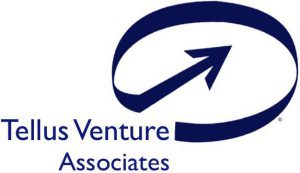Supreme court approves FCC "shot clock" limits on local review of wireless facilities

Cities have to shoot, but that doesn’t mean wireless companies will score.
Another barrier to construction of wireless broadband facilities has come down. Or, depending on your point of view, the federal government has pre-empted a bit more of local government’s ability to regulate what’s built or not in a community.
The U.S. supreme court has given its blessing to the FCC’s “shot clock” rule that put limits on the amount of time a local agency has to approve or deny an application to build a tower or put new equipment on or around an existing one.… More









